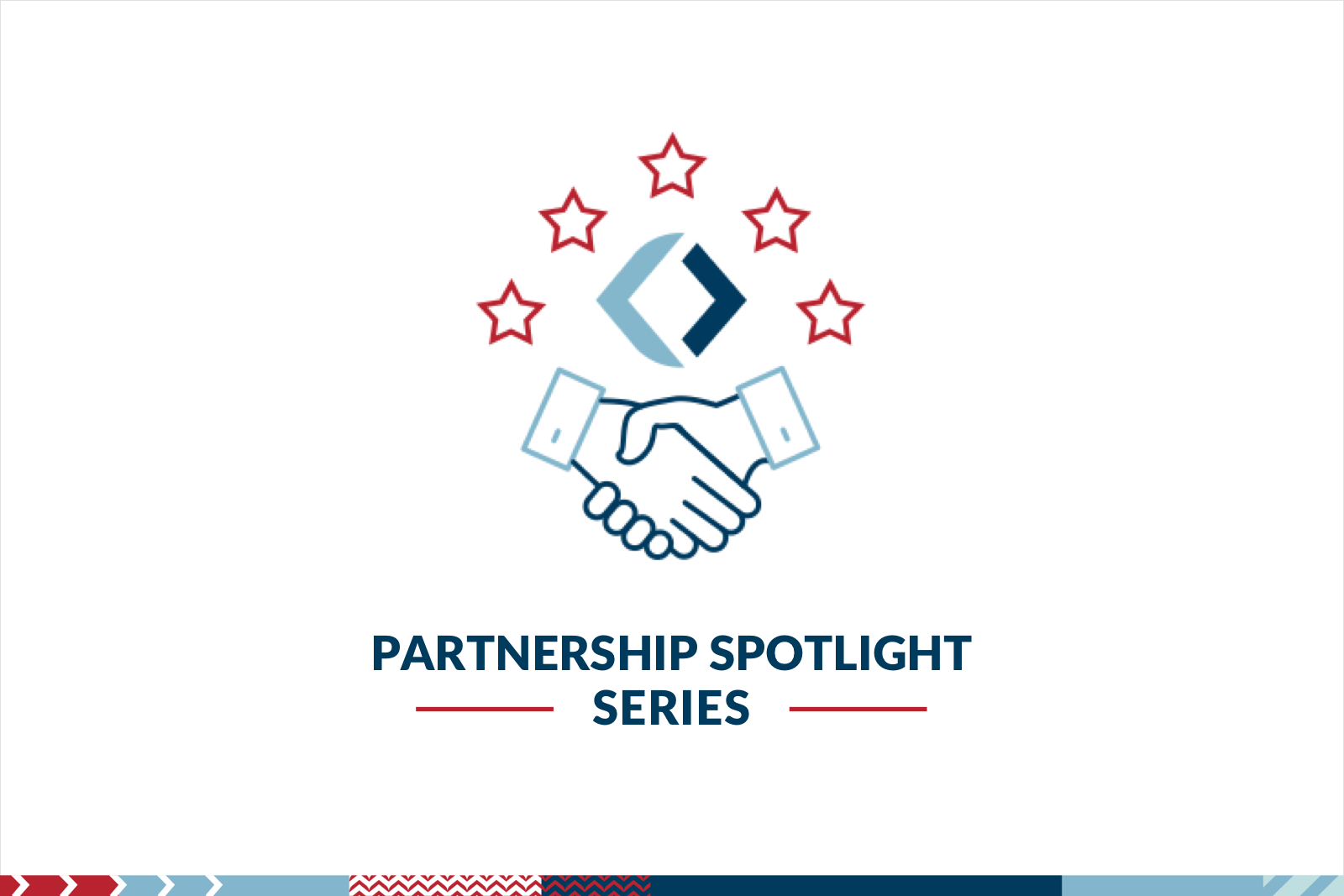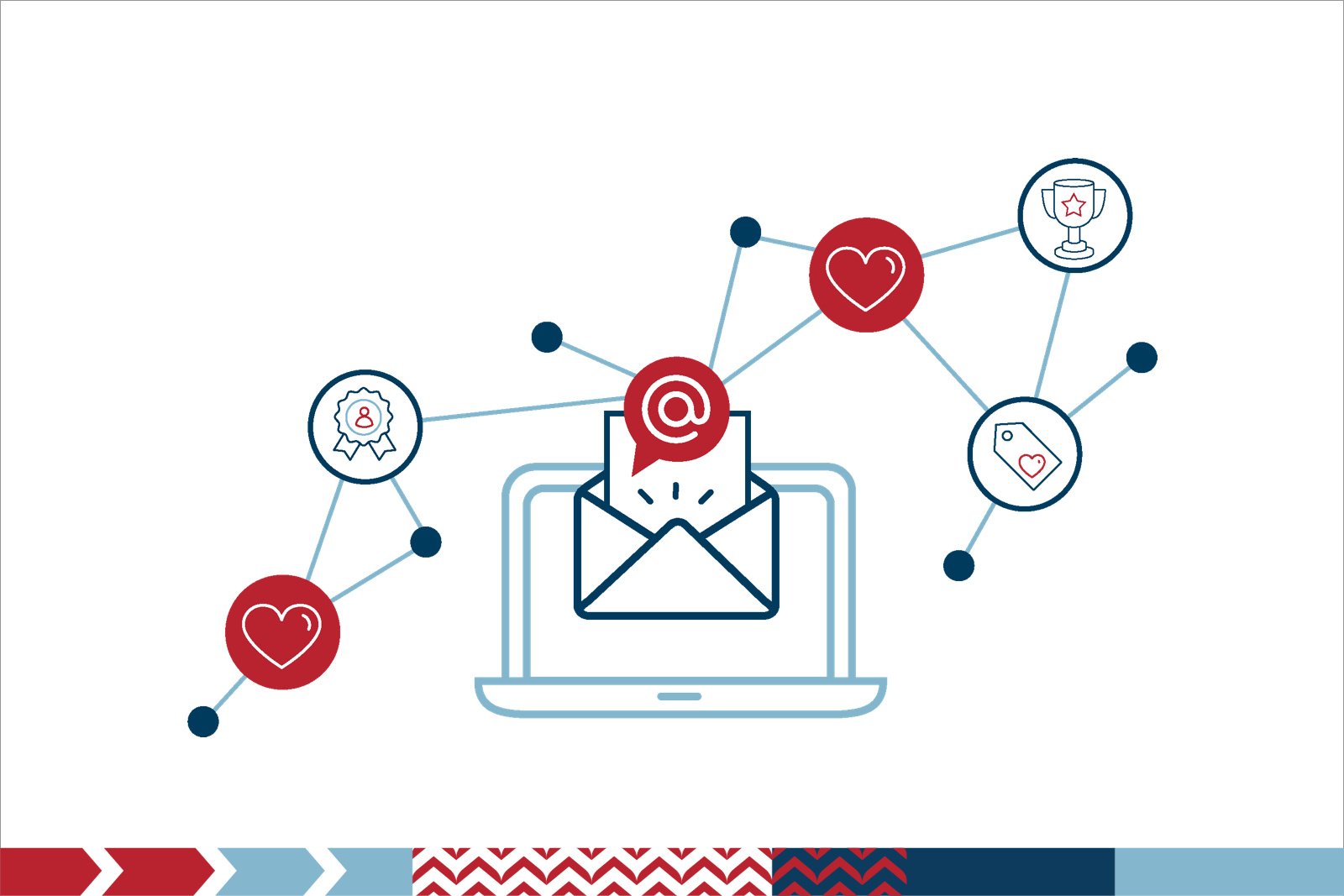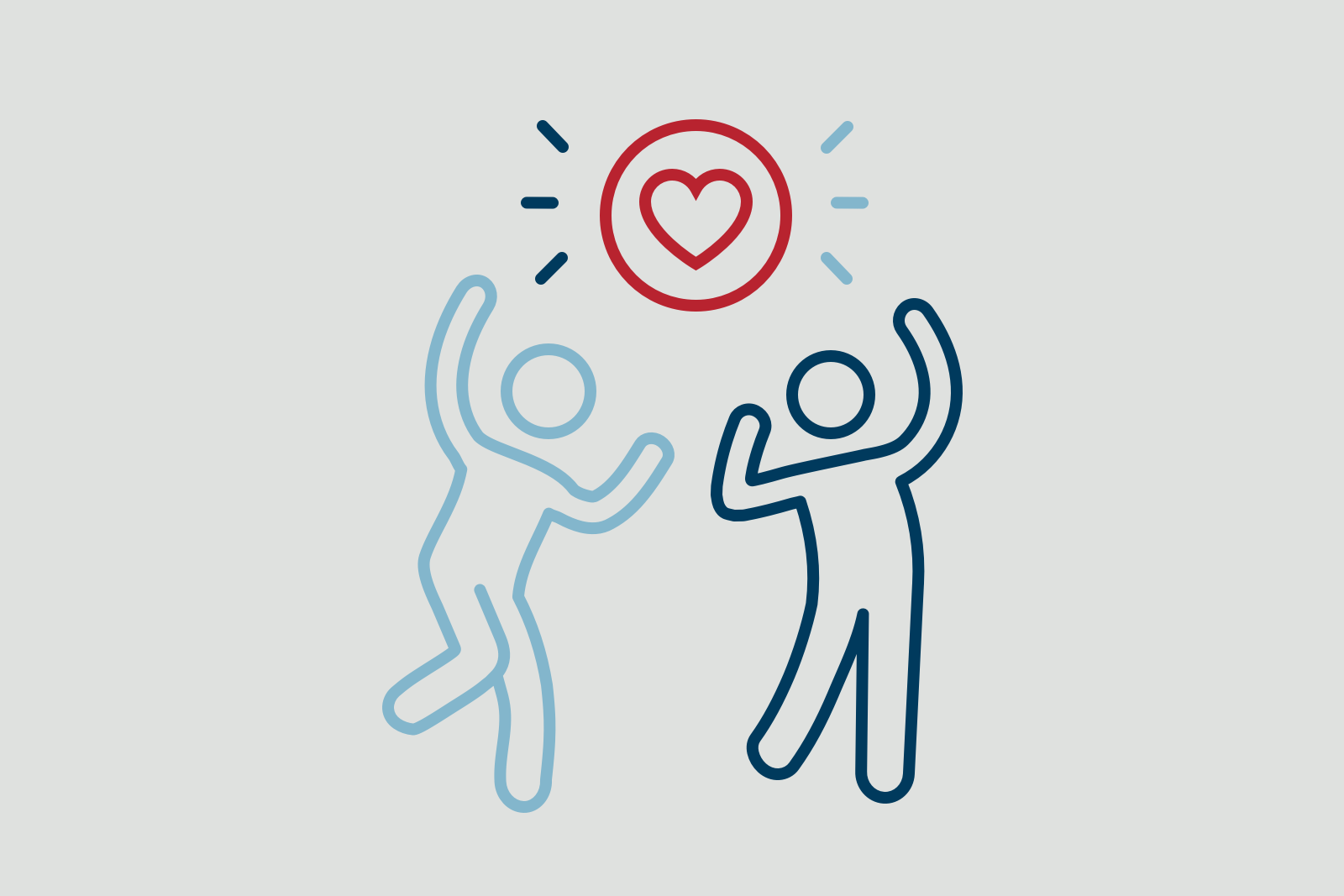Wellness for the Win

Strategically designed partnerships can create a revenue-enhancing synergy that boosts loyalty and devotion for the participating brands. In this ongoing series, The Lacek Group’s Amy Farsht, our loyalty partnerships practice lead, spotlights examples of brands that are capturing our attention, exploring new approaches, and shattering expectations.
As consumers increasingly focus on maintaining or improving their physical, emotional, and mental health, more brands are looking for opportunities to play a role in the wellness economy.
Encompassing a spectrum of goods, services, and experiences that help consumers establish and maintain healthy everyday habits, the wellness industry is seemingly endless in reach. The National Institute of Health defines eight interdependent areas of wellness: physical, intellectual, emotional, social, spiritual, vocational, financial, and environmental.
That’s a lot of territory. Exercise, massage, nutrition, supplements, mindfulness, aesthetics, investments, and relationships are a fraction of today’s wellness-connected offerings. Given the scope of popular culture’s current enthusiasm for holistic well-being, it probably comes as no surprise that global wellness is a $1.8 trillion market.
Who
In fact, recent research indicates most U.S. consumers—a remarkable 82%—say wellness is a top or important daily priority. That’s an enticing majority that compels brands to consider initiatives to access some of that available market share.
Innovative partnerships are helping brands outside the wellness mainstream harness the growing consumer desire for wellness-focused goods and services in every aspect of their lives.
What
Though they may at first seem counterintuitive, nonendemic partnerships—i.e., partnerships between apparently unrelated brands—can yield brand-boosting results when thoughtfully strategized and grounded in relevant data points. To tap into the wellness market, brands that don’t focus on traditional wellness areas may want to consider forging relevant and complementary partnerships with brands that do.
For example, according to a 2024 report on quick-service restaurants (QSRs) from the market intelligence agency Mintel, almost half of consumers would be motivated to order fast food if healthy options were available. Nearly half. That remarkable data should inspire exploration.
For example, what if QSRs sought out partners to highlight protein-packed, vegetarian, or nonalcoholic items on their menus? Introducing more consumers to these alternatives could be an easy entry point to an entirely new audience segment. Health-conscious individuals may otherwise never even consider most QSRs, instead making decisions based on historical market positioning and outdated menu categories.
Where
Some collaborations between wellness brands and those focused on other markets use short-term campaigns to test and learn. Others plunge in and embark on multiyear agreements that integrate technology and leverage data.
As you explore how your brand might partner with a wellness leader, consider unexpected pairings. Inspiration may strike where you least expect it, as these examples illustrate:
- Tabasco and MyFitnessPal: The popular condiment brand partnered with the leading global food-tracking app to prove that recipes can be healthy without sacrificing flavor.
- Pure Barre and Princess Cruises: The Pure Barre fitness franchise announced a collaboration with Princess Cruises to create cruise options that help health-conscious vacationers maintain their healthy routines and introduce Pure Barre’s offerings to a new audience—while combatting the clichés about overindulging on cruises.
- Corona and Tripadvisor. This popular alcoholic beverage brand and online travel clearinghouse are working together to create a digital hub that reflects Corona’s passion for nature and Tripadvisor’s community of travelers. Corona Global Hub aims to help people of legal drinking age find their next outdoor getaway—fueled in part by discounts, a world tour, a global festival series, and curated travel packages.
- Lincoln and Calm. Reflecting its goal to help Lincoln owners find sanctuary, the auto brand has entered a long-term partnership with Calm, a membership-based app with daily meditations to help users sleep better, diminish stress, and reduce anxiety. The aim is for renewal to be central to the Lincoln experience.
- Shake Shack and the Tennis Channel. In 2023 QSR favorite Shake Shack took a sneaker-clad step beyond the typical sports sponsorship by creating their own pickleball league, the Shake Shack Pickleball Club. Together with the broadcaster Tennis Channel and Toss and Spin (a sports agency that designs and facilitates racket sports events), Shake Shack backed a series of pickleball classes, clinics, and tournaments across the nation.
Why
It’s true: Opposites attract. Bringing together two apparently contrasting brands can create surprising and delightful shared value that resonates with consumers. I mean, who would have predicted Snoop Dogg and Martha Stewart would be #partnergoals? The two first met on Stewart’s show in 2008 and bonded over a shared love of cooking. Since then, the popular duo has teamed up for commercials, Comedy Central roasts, and other collaborations.
Estimates show that in the United States alone the wellness market has reached $480 billion per year, and that it’s growing at 5% to 10% per year. Given that wide footprint—and the consumer preoccupation with wellness in its various forms—brands in other fields may want to explore how they might expand their reach and revenue through creative wellness-connected partnerships.
Americans are stressed, which explains, at least in part, why we’re so hungry to achieve wellness and are ready to pay for it. According to recent research from Aflac and Kantar, 74% of U.S. workers say they’re stressed, and millennials and members of Gen Z are twice as likely as baby boomers to report high or moderate burnout.
To add further motivation, research shows that consumers are looking for brands to go beyond their core functions to inform, inspire, and advocate—i.e., “mentor branding,” one way to forge strong bonds with consumers that bolster brand devotion.
How
This is the fun part: exploring the gaps your brand can meaningfully fill by partnering with a wellness brand. These three questions are a great launching point:
What wellness-specific or data-informed broader consumer trends align with your future goals? Where does the potential for a wellness partnership fit into your customer journey? Can you identify natural points of joy to amplify or friction that a partnership could help alleviate?
Once you’ve identified the wellness lane that authentically boosts your strategy, you can begin to envision how it might come to life in ways that uniquely embody your brand’s values and voice.
Amy Farsht is senior director of Partnership Marketing. For more than 30 years, The Lacek Group has been perfecting the art and algorithms of brand devotion. We help world-class brands identify their highest-potential customers, engage them across channels throughout their life cycles, personalize each relationship for optimal long-term results, and measure the true effectiveness of those efforts. The Lacek Group is an Ogilvy company.

